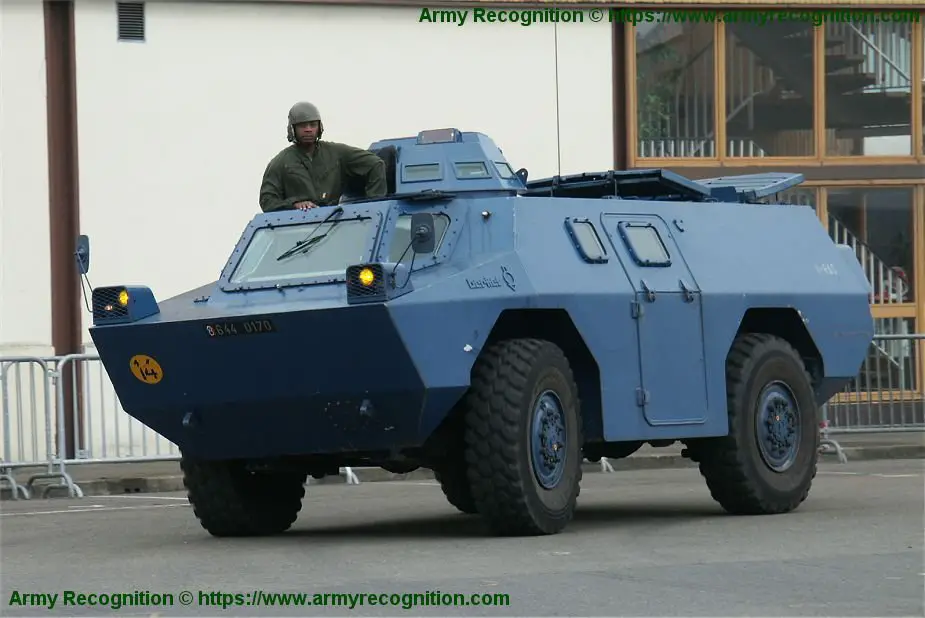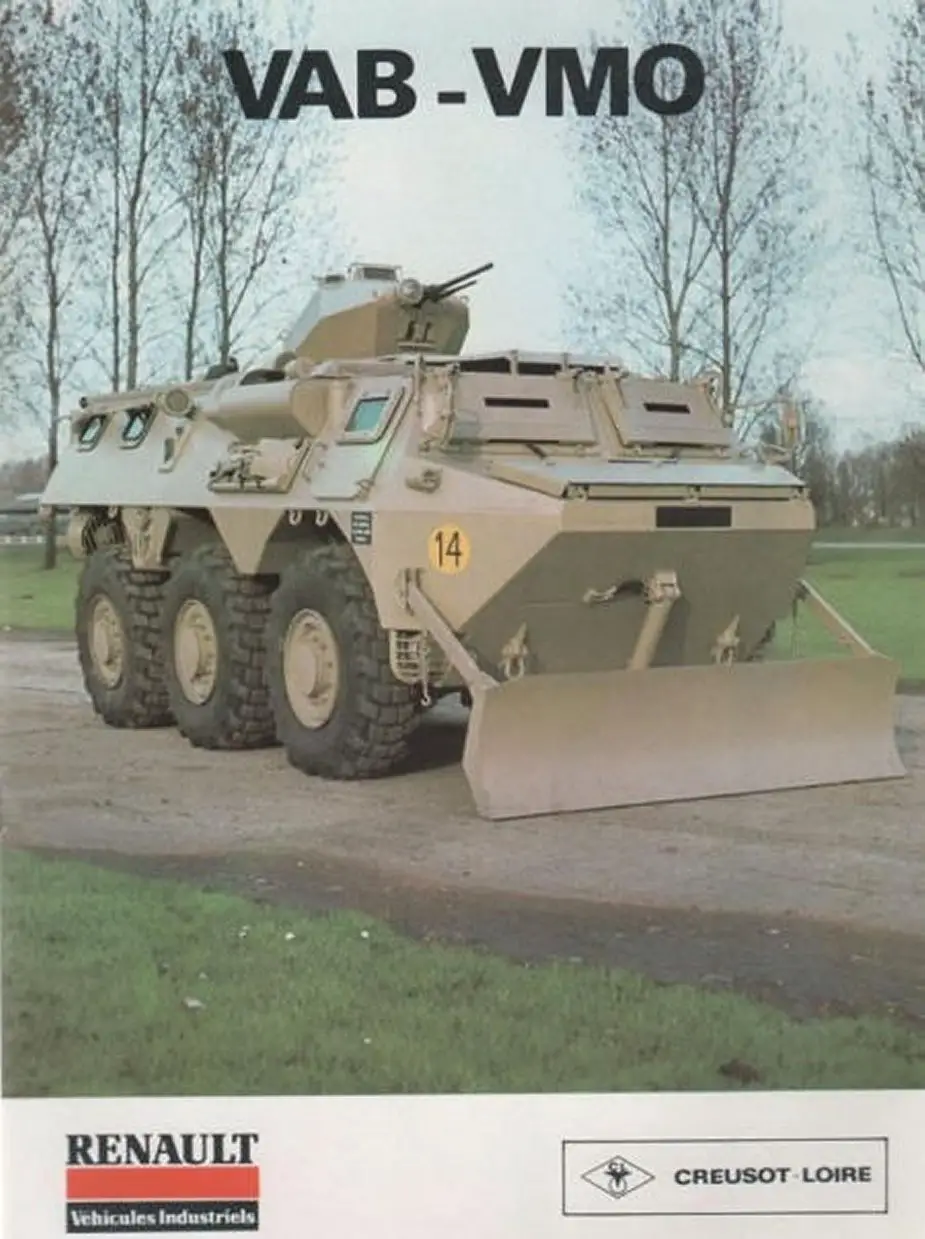Each year, the National Gendarmerie needs to acquire between 2,000 and 3,000 new vehicles in order to renew part of its fleet which is in great demand. However, with past budget restrictions and budget freezes still slow to be released, the average age of this fleet has increased from four years and ten months in 2010 to seven and a half years now. Laurent Lagneau reports on opex360.

VBRG, Véhicule Blindé à Roues Gendarmerie (Picture source: Army Recognition)
Also, the Gendarmerie uses a few expedients by letting its research units use the 1,300 vehicles seized by its services or even agreeing to experiment with electric, hybrids or hydrogen vehicles that are proposed to it by some manufacturers for this purpose.
These difficulties relating to its fleet of vehicles obviously concern armored vehicles of the Groupement blindé de gendarmerie mobile (GBGM) Satory, which showed the interest they could represent during the movement of "yellow vests". However, these wheeled armored vehicles of the Gendarmerie (VBRG, Véhicule blindé à roués de la Gendarmerie) have been in operation for more than 40 years. Also, the question of their replacement arises now for several years. And the budget constraint makes that no solution could be found until now. The solution will be to make something new with old vehicles, as General Michel Labbé, head of the General Inspectorate of the National Gendarmerie (IGGN), suggested last spring. For some months, the Gendarmerie has been working on the retrofit of existing armored vehicles, that is to say, the VBRGs and VABs from which the Army will get rid of. The gendarmerie had recovered some fifteen units during its engagement in Afghanistan in 2009.
The concern is that the mobile gendarmerie has special needs: it needs a vehicle both armored, to provide protection for gendarmes to carry, and equipped with a blade attached to the front in order to clear obstacles . And for that, it is necessary that the engine is in the back. And, for the moment, no new model on the market fits these specifications.
A priori, the tests carried out with the first prototypes (2 VBRG re-engineered and 1 VAB “Gendarmisé”) are positive and constitute a cheaper solution than new armored vehicles. Finally, the Gendarmerie will therefore adopt a solution that was proposed by Renault Industrial Vehicles (RVI, which became Arquus after being Renault Trucks Defense) in the late 1970s: it involved building a law enforcement vehicle (VMO, Véhicule de Maintien d’Ordre), which was actually a VAB equipped with a blade, an anti-Molotov cocktail kit, shooting ports and an observation cupola.

VAB-VMO, Véhicule de l'Avant Blindé - Véhicule de Maintien d'Ordre of the French Gendarmerie (Picture source: RVI)














